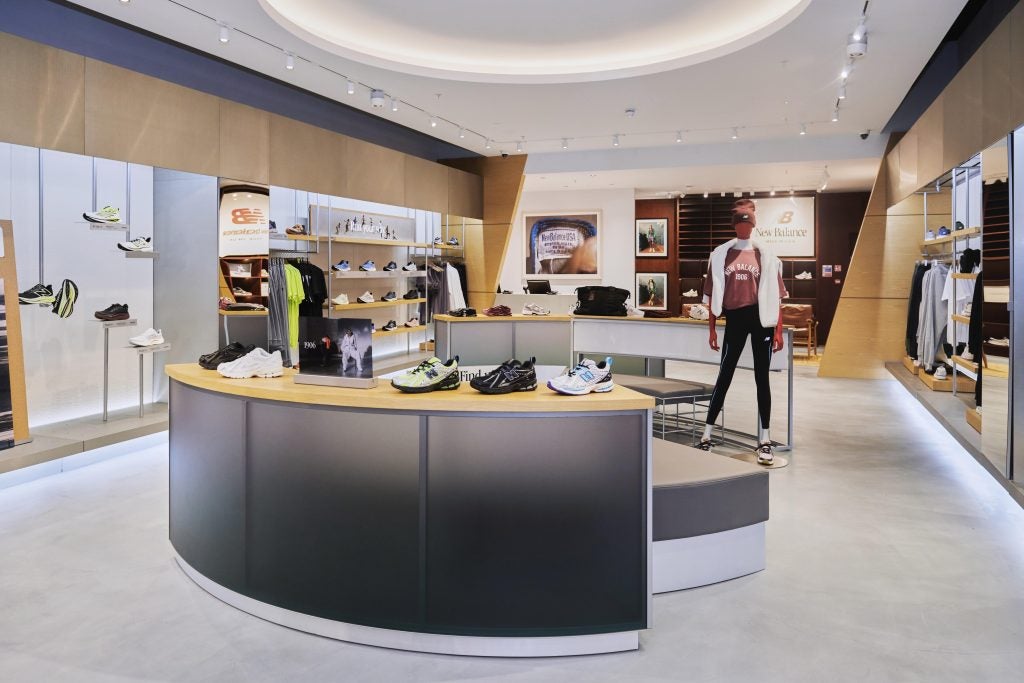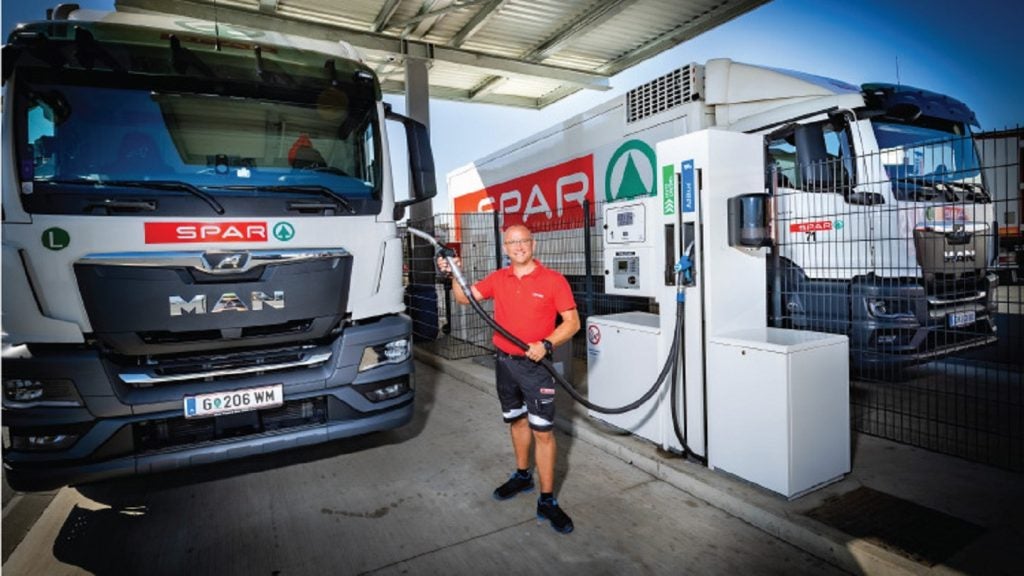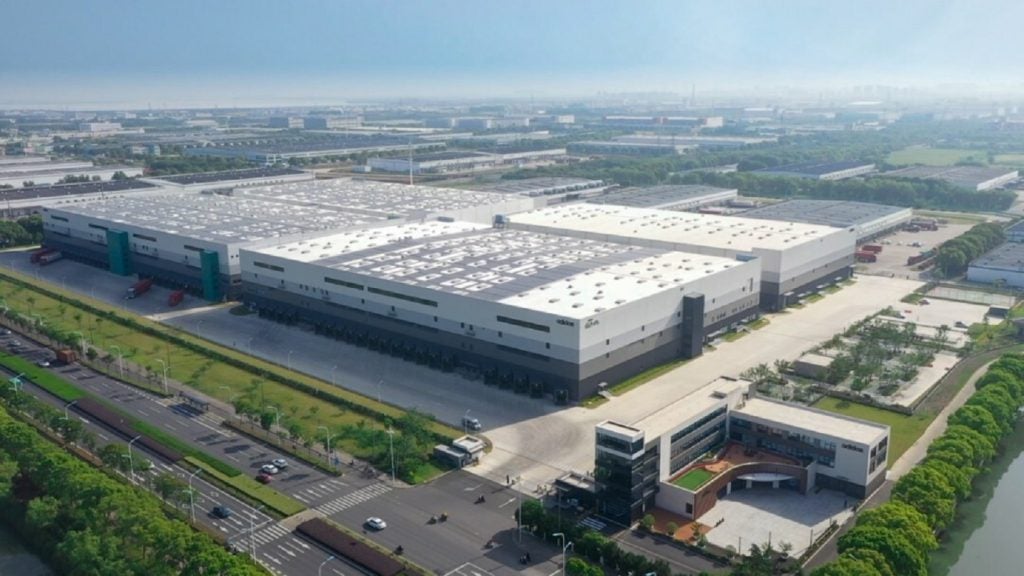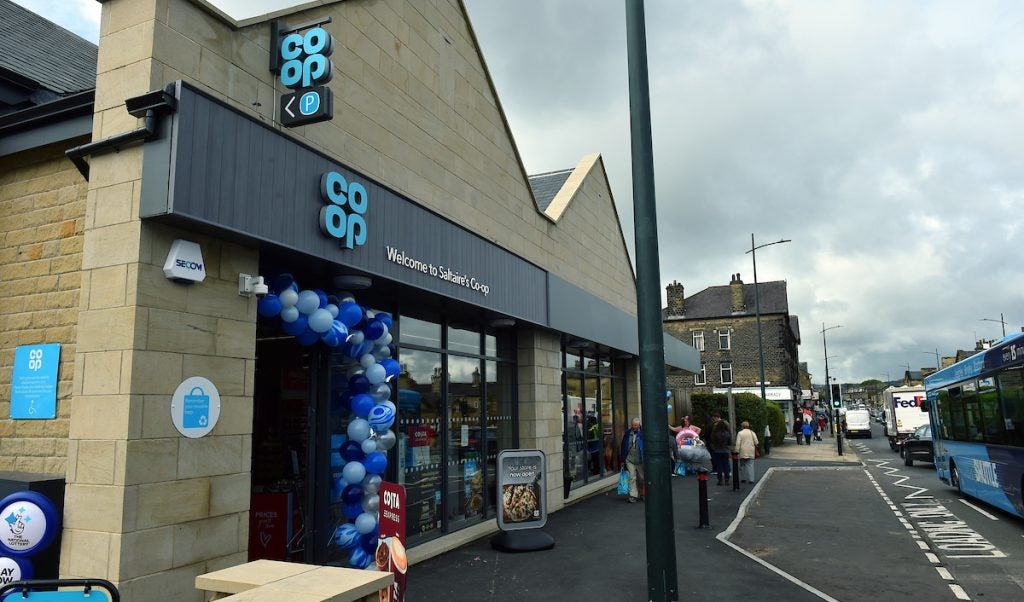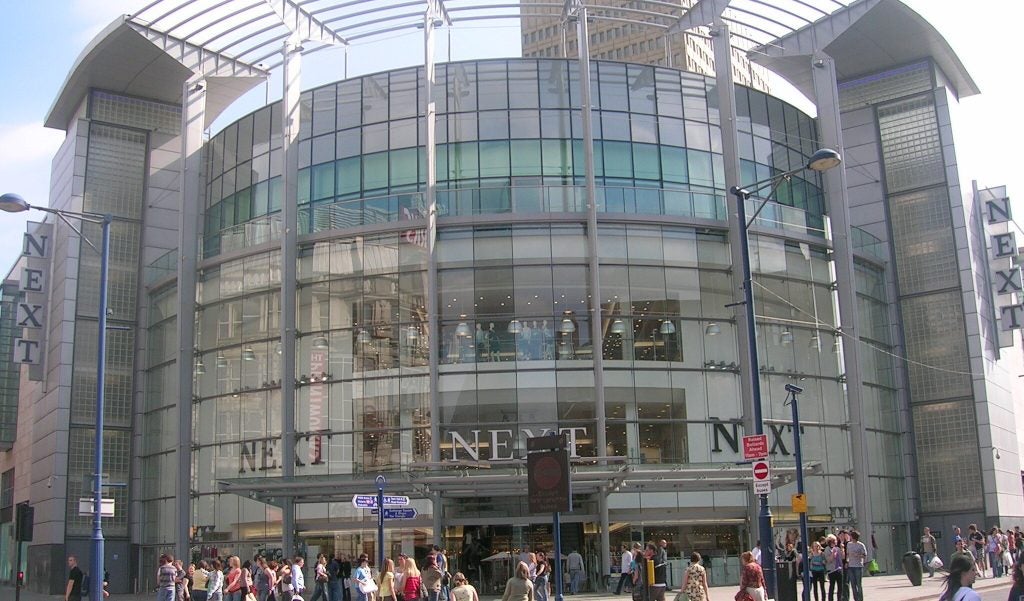Retail technology solutions provider Aptos has suggested that companies are taking a cautious approach to investing in their omnichannel operations in the current economic landscape.
The firm, which is a supplier to upwards of 500 retail brands around the world and services over 135,000 stores globally, works with the likes of New Balance, WHSmith and Crocs to deliver omnichannel and unified commerce solutions across the value chain – from the point of sale through to order fulfilment and merchandising.
Speaking to Retail Insight Network, Zaki Hassan, Aptos' General Manager for EMEA and APAC, discussed technology’s role in helping retailers weather a turbulent macroeconomic environment and the growing problem of shrink.
Retail Insight Network: Across the wider retail market, interest in omnichannel appears to be waning in the face of market challenges. How has the cost-of-living crisis impacted the priorities of retailers from a technology investment perspective?
Zaki Hassan: The cost-of-living crisis has resulted in a spending-cautious consumer. In turn, retailers are choosing where possible to make enhancements to their current technology solutions and delaying major new investments until the market improves.
I wouldn’t say interest in omnichannel is waning, but rather, retailers are taking a hard look at their business model and assessing the profitability of their omnichannel operations.
Omnichannel inventory management, for example, is getting a lot of attention. Retailers are looking at ways to position inventory closer to customers, which is less costly, faster to fulfil and better for the environment. Retailers are also prioritising real-time network-wide inventory visibility to reduce safety stock requirements and to find ways to sell overstocked inventories at the best margins with the least possible touches.
Overall, I’d say omnichannel focus has taken a turn towards practicality and profitability, which isn’t necessarily a bad thing.
RIN: UK retailers are expecting to reduce investment over the next year and anticipate a deterioration in business over the next quarter. How can tech adoption and investment help retailers weather a turbulent macroeconomic environment?
ZH: When retailers open up their pocketbooks, a lot of that investment will be in technology that enables productivity improvements and cost reduction, such as the example of optimised inventory management mentioned earlier.
With wages rising, we are also seeing a proliferation of self-service kiosks at QSR and self-checkout stations at supermarkets to save on labour costs.
Cost of goods is also increasing, so we’re seeing retailers evaluate and implement technology solutions that drive greater supply chain efficiency.
And with the rise of flash mob robberies, there’s a lot of interest in technologies that can reduce shrink. Facial recognition technology coupled with security cameras is one example. More subtle – and less controversial – are investments being made in sales auditing and loss prevention software that can detect fraudulent transactions.
RIN: With consumers cutting spending on non-essentials, which technologies can retailers deploy to enhance customer loyalty?
ZH: Traditionally, building customer loyalty is about gamification. Spend money, collect points, redeem points for discounts. Spend money, get noticed as a big spender, get early access to capsule drops. Modern loyalty programmes and technologies that support complex customer segmentation and personalised communications are extremely effective; however, loyalty strategies that are solely transaction-based risk losing the human element.
To build long-lasting consumer loyalty, the retailer needs the customer to connect with what the brand stands for and needs to incorporate initiatives across all facets of its business that reinforce that message. One retailer that I’ve seen do this consistently well is Patagonia.
RIN: Do you think there is space for omnichannel within the discount category?
ZH: Any retailer that operates on razor-thin margins – including discounters – will require bigger basket sizes to offset omnichannel costs.
But even retailers with standard margins can run the risk of profitability pitfalls if they aren’t regularly analysing the performance of their omnichannel business. For instance: 1) How many click-and-collect orders do you expect to fulfil in a day? 2) What is the estimated value of each incoming omnichannel order? 3) How long does it take to fill an order? Regularly benchmarking this information can be used to optimise planning and processes so that improvements can be made to increase efficiency and profitability.
It’s also important to consider any potential negative impact on in-store customer experiences if a retailer has limited store associates and those associates are being tasked with picking and packing for online orders.
Ultimately, there is no one-size-fits-all approach to offering omnichannel services. Retailers have to decide what makes sense for their business model and customers.
RIN: Companies are increasingly launching their own resale and buy-back facilities to capture consumer demand for second-hand. What technologies can retailers adopt to deliver a unified customer experience in this area?
ZH: I am a big fan of the circular fashion economy; up to a third of my purchases are pre-worn and this percentage is growing. The double benefit of doing good for the planet while saving money should continue to gain wider appeal.
As retailers are maturing their capabilities in offering pre-loved clothes, I see two main opportunities to drive interest. Firstly, shoppers should have the ability to learn more about the second-hand items being considered to build confidence in the product. What seasonal collection did the item come from? Which market(s) was it originally sold in? Giving consumers access to this larger set of attributes can be achieved through QR labels that a shopper scans, gaining access to the data stored in a product information management solution.
Secondly, I can envisage a time when the shopping experience is blurred and consumers can shop racks containing both unworn and pre-worn fashion products. The ability to buy, sell, return and exchange using a single POS system would enhance the customer experience whilst simplifying the work of the store associates.
RIN: Finally, in your experience, which retailers have been most successful in integrating technology into their operations, in terms of ROI and customer retention?
ZH: Retailers that have been most successful are those that understand that technology not only is an enabler for a business idea but also must be something that enhances the experience for both the customer and the retail employee. Furthermore, retailers that truly excel are the ones that leverage technology to reinforce their brand identity and ethos.
Aptos customers New Balance and VF Corporation are examples of retailers that have discussed publicly their efforts to reimagine the store experience and how they are leveraging modern technologies that help eliminate barriers between the associate and the customer.




